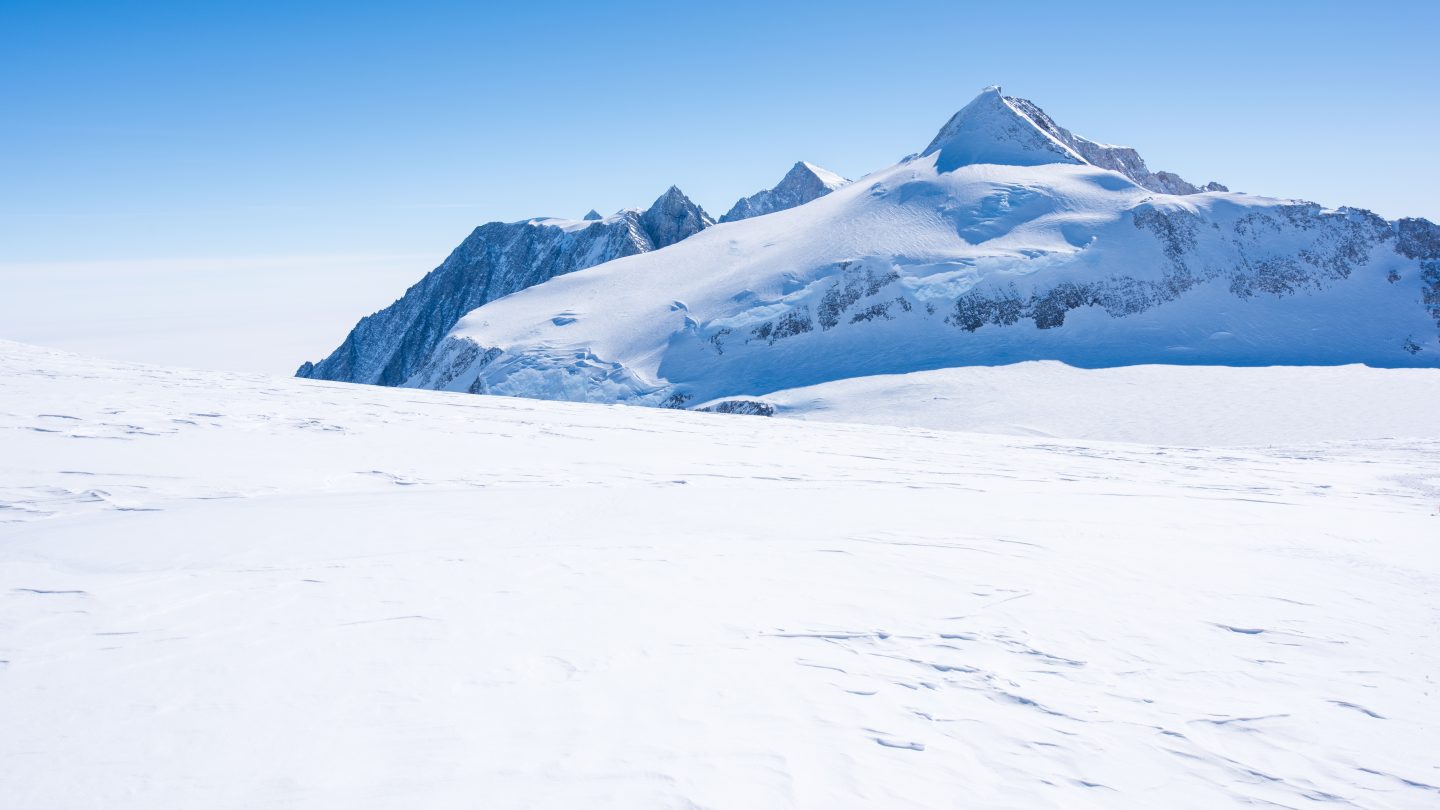Point of no return?

Patterns of rapid ice loss in the past could predict the style of future Antarctic ice sheet retreat.
The melting of the Antarctic Ice Sheet may have already passed a point of no return, a new study suggests. Scientists say it could contribute to sea level rise over coming centuries and possibly millennia.
Published in Nature Communications and co-authored by Dr Zoë Thomas and Professor Chris Turney from UNSW Sydney, the study used geological data from Antarctica combined with computer models and statistical analyses. The aim was to understand how recent changes compare to those from the past, going back thousands of years.
“Our study reveals that during times in the past when the ice sheet retreated, the periods of rapid mass loss ‘switched on’ very abruptly, within only a decade or two,” says Dr Thomas.
“Interestingly, after the ice sheet continued to retreat for several hundred years, it ‘switched off’ again, also only taking a couple of decades.”
The researchers’ findings confirm computer modelling that had indicated that the diminishing ice sheet had passed a critical tipping point, leading to irreversible loss of parts of the ice sheet below sea level.
“We have already observed over the last two decades that the Antarctic Ice Sheet has suddenly started losing ice, which has contributed to rising sea levels around the world,” says Prof. Turney.
“But the satellite data showing this speed-up only go back about 40 years, so we needed longer records to put this change in context.”
Dr Thomas then applied statistical methods to the model outputs to see if early warning signs could be detected for tipping points in the ice sheet system.
“If it just takes one decade to tip a system like this,” she says, “that’s actually quite scary because if the Antarctic Ice Sheet behaves in future like it did in the past, we must be experiencing the tipping right now.”

This article appears in Ecolibrium’s February-March 2022 edition
View the archive of previous editions




